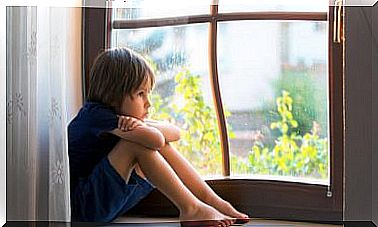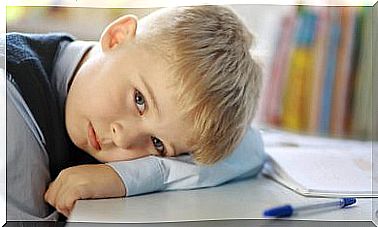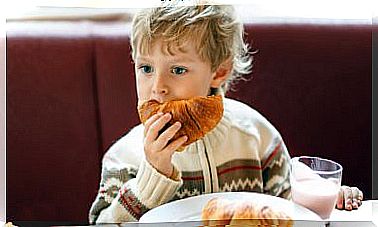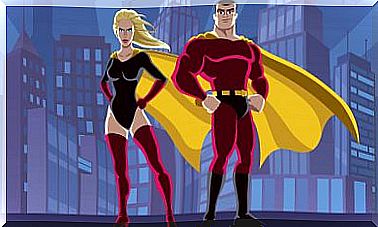My Son Was Diagnosed With Hives, What Is It?
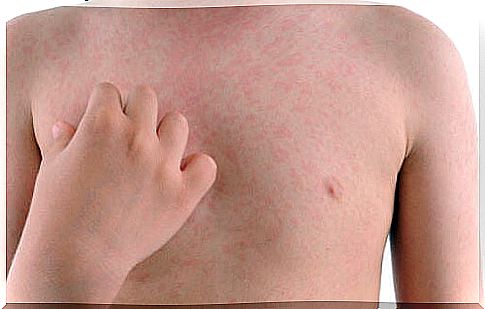
Did your child get a group of pimples that stick out his skin and change shape and place all the time? Don’t worry, although these strange intermittent rashes scare every parent, they are normal in adults and children and are called hives.
Hives consist of nothing less than a habitual biological reaction to certain elements such as allergens and, generally, after a few hours, weeks or even months it disappears on its own, although it can reappear later in the body of your little one.
If your child has been diagnosed with hives, reassure yourself, as they rarely represent a health problem, but are reduced to squares where a group of red spots with itching and signs of itching or a slight burning sensation predominate. Know what it is and what are the causes of this annoying disorder.
But what would hives be specifically?
Urticaria is a skin rash characterized by the presence of hives, that is, bumps or welts on the skin of any part of the body, both in the form of tiny isolated pimples or large and interconnected.
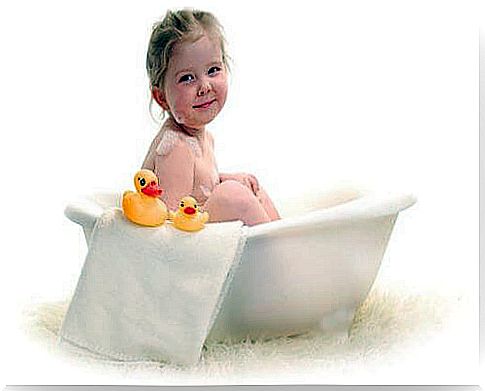
The peculiarity of this picture is that the hives that disappear are replaced by new ones that can quietly appear in another area of the child’s body. Now, if the pimples last less than six weeks it is an acute urticaria and if they exceed that period, it is chronic.
Childhood urticaria can be the product of a myriad of factors and, in some cases, this pathology can be accompanied by angioedema, a condition that causes inflammation around the eyes, lips, hands, feet or throat.
It is worth clarifying that although hives are common, fortunately it is not contagious at all. It is simply a matter of being alert in order to have this surprising outbreak under control, while it is vitally important to determine what are the reasons why your child has this reaction on his skin.
Signs and symptoms of infantile urticaria
We know, it is very complex to determine signs and symptoms of hives in babies and children. But it is always about red welts that can take a pale hue in the center, in addition to changing shape and location, as well as being isolated or grouped.
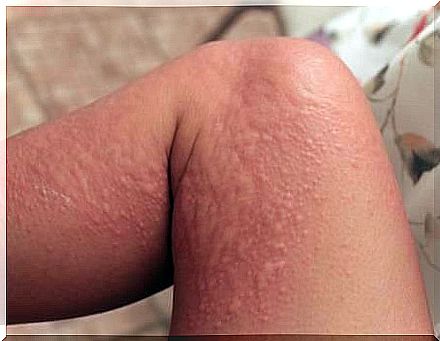
Also, another symptom of this reaction is that it can itch, sting or cause a certain burning sensation. But in the most serious cases, it can be accompanied by an inflammation of the throat capable of causing breathing difficulties, hypotension, dizziness and loss of consciousness.
In addition, this irritation usually affects especially arms, legs and thorax, although it can also appear anywhere on the body. The most annoying symptom is itching, which is not necessarily present in all cases.
Why does my child have hives?
These hives that lead to hives tend to appear when mast cells in the bloodstream secrete a chemical called histamine, creating openings in the tiny blood vessels under the skin where fluid that forms pimples and spots collects.
However, this biological reaction can be associated with a wide variety of reasons, despite the fact that in most cases the cause of the outbreak is unknown. Urticaria is generally caused by allergic reactions, among which the following are more frequent:
- Certain foods, especially shellfish, nuts, dairy, and fruits.
- Certain allergy medications and injections.
- Pets and animals.
- Pollen.
- Insect bites and stings.
However, on other occasions, urticaria is not related to allergic conditions, so other possible causes of the disease should be considered, such as:
- Various infections, including colds or digestive problems.
- Immune system diseases such as lupus.
- Anxiety or stress, among other psychological factors.
- Exposure to the sun or cold.
- Contact with chemical substances.
- Exposure of the skin to excessive pressure.
- Rubbing the skin with certain materials and elements.
- Food additives.
- Hereditary factors.
When to go to the pediatrician and how is the diagnosis?
In some cases, it may be imperative to go to the pediatric guard with the child since the urticaria crisis may well go hand in hand with symptoms that constitute a warning sign, such as if the child has difficulty breathing and swallowing.
Good advice for the waiting minutes before the medical intervention? Have your child suck on a piece of ice. Now, we advise you to contact your pediatrician in the following cases :
- If your child seems very ill (fever, dizziness, lightheadedness, lethargy, nausea, vomiting, diarrhea, colicky stomach pains, etc.).
- The boy has pain and swelling in his limbs and joints, or inflammation of the face or tongue.
- The minor acquires respiratory problems (wheezing, shortness of breath, etc.).
- The creature is knocked unconscious.
- The baby has some difficulty swallowing.

